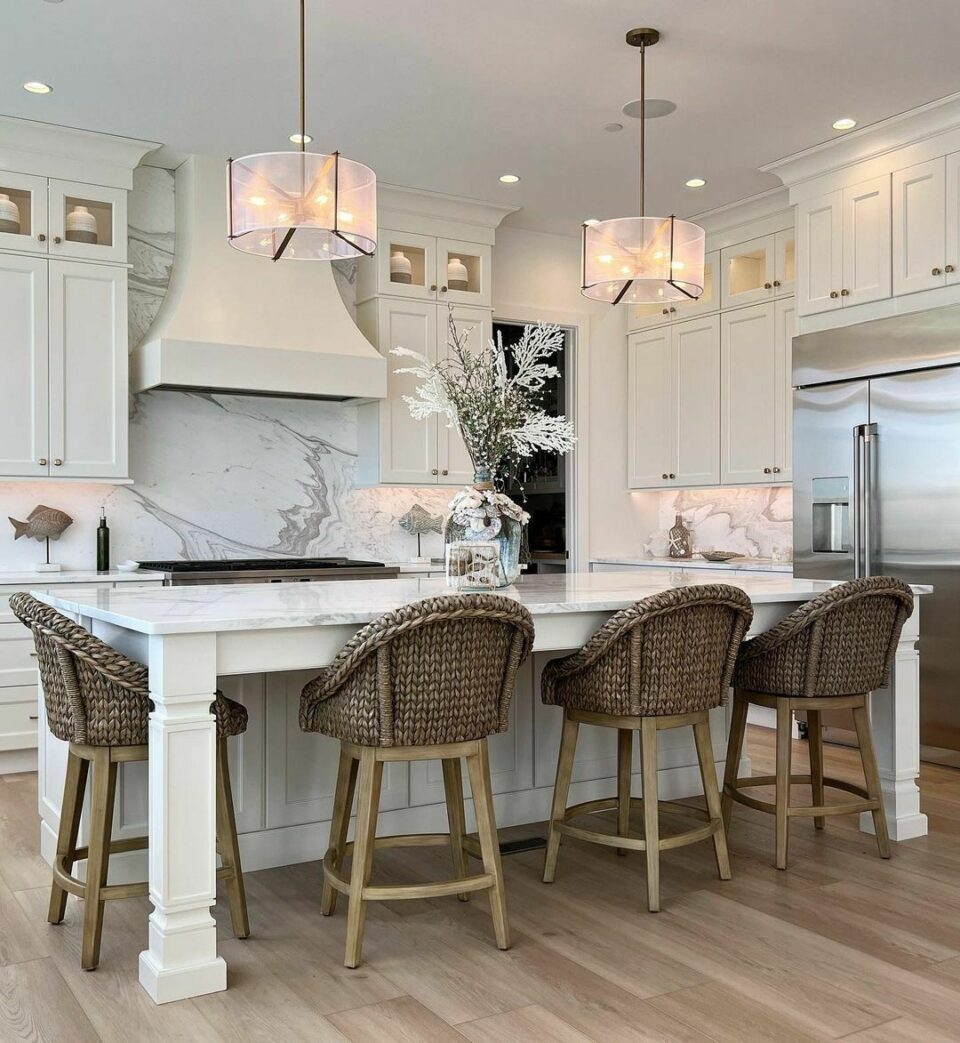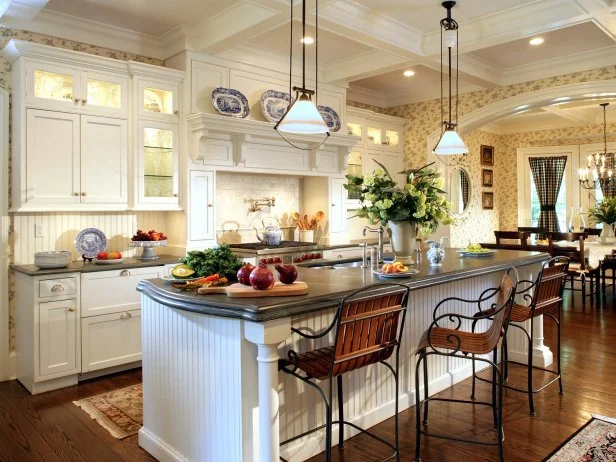Take Full Advantage Of Versatility with Adjustable Legs For Kitchen Island Attributes
Take Full Advantage Of Versatility with Adjustable Legs For Kitchen Island Attributes
Blog Article
An Overview to Picking the Perfect Legs For Kitchen Island for Your Home
Selecting the optimal legs for your cooking area island is a nuanced decision that affects both the functionality and visual allure of this central room. As you think about these components, it ends up being obvious that the appropriate legs can transform not just the look of your cooking area however likewise its functionality for years to come.

Recognizing Kitchen Island Legs
When selecting legs for a kitchen island, it's necessary to understand their functional and visual roles in the total style. The legs work as an essential support group, making sure security and toughness for the island, which typically operates as a work area, eating area, or gathering area. As a result, the choice of product and building and construction technique have to be robust adequate to stand up to day-to-day usage and potential wear.
In addition to their structural obligations, legs add considerably to the island's aesthetic appeal. They can boost the kitchen's design, whether via traditional, contemporary, or eclectic designs. The elevation and proportion of the legs are likewise crucial factors to consider; they must balance with the island's counter top elevation while making certain comfy seating for those using the area.
Additionally, the leg style can influence the overall flow of the cooking area. Open, airy leg designs can produce a sense of lightness, while solid, substantial legs may share an extra based and stable aesthetic - Legs For Kitchen Island. Recognizing these practical and aesthetic elements will lead home owners in making informed choices that complement their kitchen area's style and enhance its use
Popular Styles and Products
The choice of legs for a kitchen area island encompasses a variety of preferred designs and products, each offering one-of-a-kind features that can improve both capability and visual appeals. Typical legs normally show elaborate information and craftsmanship, improving timeless cooking area layouts.

Height and Security Considerations

Security is one more vital factor to consider. The legs of the kitchen area Homepage island ought to give ample support, ensuring that the framework can endure day-to-day use without shifting or tottering. Material option plays a considerable duty in security; steel legs, for circumstances, often tend to supply better toughness contrasted to timber. Additionally, ensuring that the island is safely secured to the flooring or wall surface can enhance security, particularly for bigger islands that may bear substantial weight.
Matching Your Kitchen Visual
Picking the right legs for your kitchen island goes beyond functionality; it also plays a significant function in the overall aesthetic of the space (Legs For Kitchen Island). When choosing legs, consider the layout style of your cooking area.
Legs that match or contrast with your island's surface area and surrounding cabinetry can develop aesthetic harmony or striking focal factors. Furthermore, consider the coating of the legs; matte, shiny, or textured coatings can substantially impact the total feel of the kitchen.
Installment and Maintenance Tips
Mounting kitchen area island legs calls for cautious interest to information to ensure both security and visual charm. Make use of a stud finder to locate wall studs if you are affixing the legs to a wall or utilizing braces for added support.
When protecting the legs, utilize high-grade screws and, if necessary, wood glue for additional toughness. For steel legs, make certain that you are making use of ideal supports and devices to avoid damages to your flooring. It is recommended to inspect for levelness after setup, making changes as needed to stay clear of tottering.
Upkeep is similarly essential for longevity - Legs For Kitchen Island. Frequently check the legs for any indicators of wear or helping to loosen, especially in high-traffic areas. Tidy the legs with an ideal cleaner, preventing abrasive products that may scratch the surface area. For wooden legs, consider using a wood conditioner occasionally to preserve their finish. By adhering to official site these setup and upkeep ideas, you can guarantee that your kitchen island legs continue to be both practical and aesthetically attractive.
Verdict
To conclude, choosing the ideal legs for a kitchen area island demands careful consideration of elevation, security, and aesthetic compatibility. By selecting ideal materials and designs that line up with the overall kitchen area layout, functionality can be boosted while maintaining visual allure. Proper installation and recurring upkeep further add to the durability and longevity of the kitchen area island. Inevitably, thoughtful leg option plays an important function in boosting both the usefulness and design of the kitchen area.
When choosing legs for a kitchen here island, it's necessary to recognize their visual and practical functions in the total layout. Open, airy leg designs can develop a feeling of lightness, while solid, considerable legs might communicate a much more grounded and stable visual. The legs of the kitchen island should give appropriate support, making certain that the structure can stand up to everyday use without shifting or tottering.Setting up kitchen island legs requires careful interest to detail to ensure both security and aesthetic allure.In verdict, choosing the appropriate legs for a cooking area island necessitates mindful consideration of elevation, stability, and visual compatibility.
Report this page